
Exhibition design, banners and visual concept: Susanna Ronner Graphic Design
Catalogue design: Woodstock Byrdcliffe Guild


Exhibition design, banners and visual concept: Susanna Ronner Graphic Design
Catalogue design: Woodstock Byrdcliffe Guild
June 13 - July 21, 2025

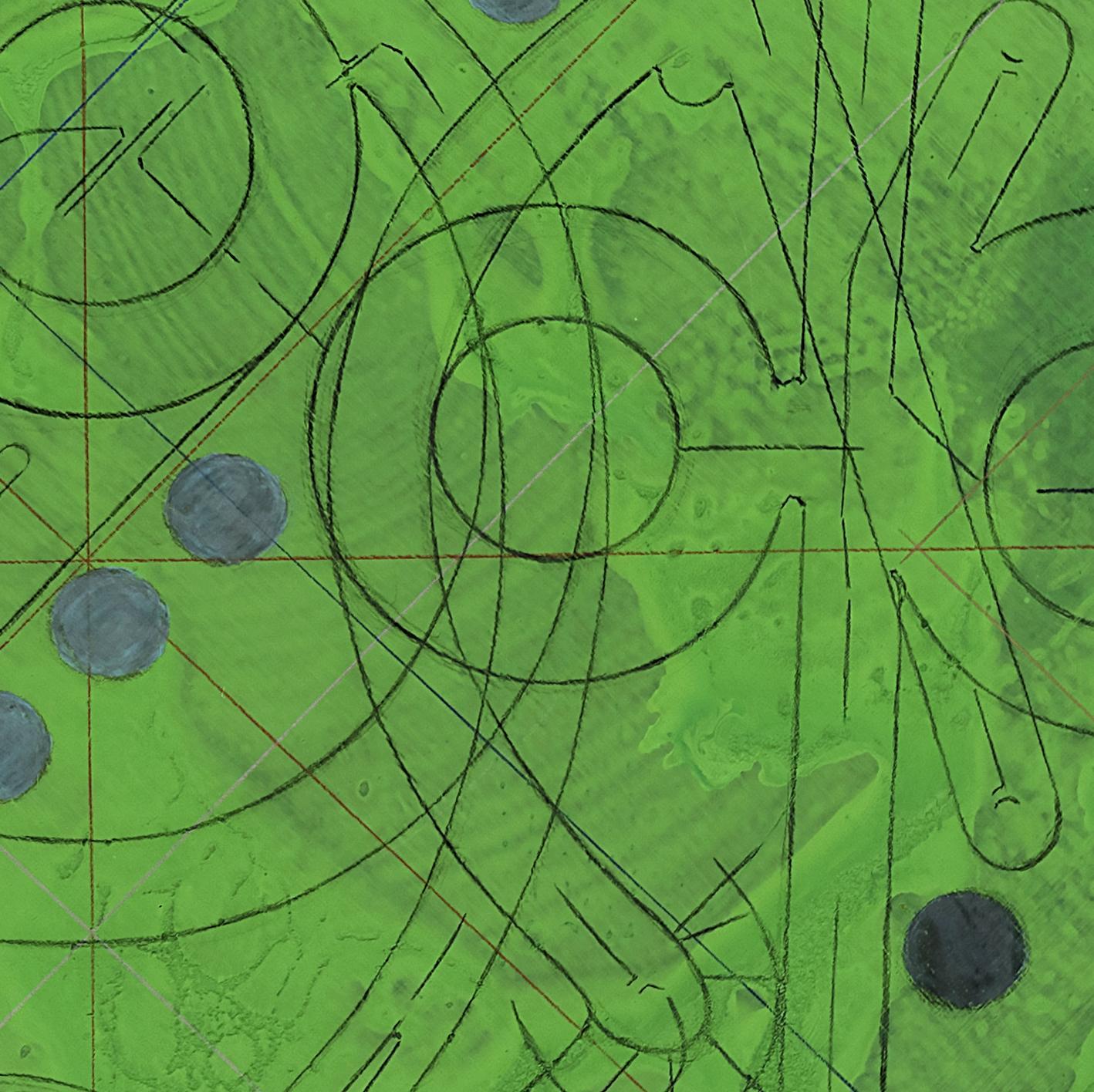
Andrew Lyght, Linear 17148, 2021-2022, (detail)
Structure, shape, measure, picture plane, diagonal, solid, void, frame, grid, scale, dance, emotion, play with form, building for survival - those are some of the words and phrases, Andrew Lyght has used when describing his practice. Relying on wood construction skills he acquired growing up in Guyana as an apprentice house framer, Lyght meticulously builds geometric paintings out of wood, and imbues them with personal hieroglyphs abstracted from and inspired by the traditional Timehri rock writings in Guyana. In his work, Lyght relieves wood of its utilitarian, quotidian function, and uses it instead as scaffolding for visual expression, and aesthetic contemplation.
With compositional strategies of frames within frames, syncopated and precariously placed shapes held in place with techniques including one which evokes the phrase ’strings attached’, Lyght creates a feeling of freedom and playful movement, a happy brake from his earlier subject matter of suffering which he was preoccupied with in his days as a figurative painter. His color palette now consists of joyfully bright yellows, lush, rich greens, confident and energetic reds, and iridescent blues.
In his work on paper, three of which are included in the exhibition, Lyght allows nature to play a role in creating the work by placing rusting metal shapes on wet paper such that, over a period of time, the rusty brown color transfers onto the the paper. Here we see the hand of nature touching wood, in the form of paper, creating art, like a printmaker, producing a fascinating geometric constellation of dark brown stars in the sky, as it were!The exhibition, Touch Wood, features twelve works by Lyght. In addition to the three mentioned above, the remaining nine made completely by the artist’s hands, of carefully constructed and painted wood, range from single unit works in which often brightly colored shapes swivel or slide off rectangular frames, to the newer composite works, for example, Walking Line 4.5.23, showing a number of rectangular, triangular and circular shapes and framed spaces defined, displaced, dangle, jangle, cascading and zigzagging to the floor, held in various positions with ropes. It’s like watching the frames and colored shapes in a Mondrian painting step off the canvas and actually dance the boogie-woogie. Aesthetic experience, such as Andrew Lyght’s work stimulates, is life enhancing, part of our survival response.
In our current 21st century existence in which threats of global warming, geopolitical tensions, sense of location and displacement, order and chaos, harmony and discord loom large, despite which we have survived a recent pandemic touch wood, our resilience as a human species , our ‘joie de vivre’ will remain triumphant.
OSI AUDU, MAY 2025

Growing up in a community of builders of timber and stick framed houses in Georgetown, Guyana, South America, I became fascinated with the open structure of a stick framed house before it was covered with sheeting. To me the timber structure looked like line drawings against the open sky, very similar to the ones that I was making on paper. As a young person, I spent many afternoons after school, summer vacations and weekends working as a builder’s helper. During this time, I became a keen observer of the construction process and how, by using certain methods and materials, particularly framing using lengths of wood, strong stable structures were created. By applying these same methods to my visual art practice, a lifetime of inquiries began. “Walking line”, as in an act of drawing is an expression of line over time in all its spatial dimensions. Laying out a composition or a plan, finding and marking the center, involved working oI a line, whether on a sheet of paper, plywood or a length of timber or bamboo. This is the way each inquiry begins. It has taken years of experimentation with different building methods and materials to create each new body of work. For instance, staining paper and canvas by the natural process of rusting enabled me to create linear markings and shapes. This led to the creation of two distinctive bodies of work: a portfolio of rusted drawings and a series of wall mounted, three-dimensional linear structures. By adding lengths of bamboo or timber to pieces of the rusted stained canvas, the three-dimensional linear structures were created.
My new work focuses on my lifelong visual curiosity of exploring the limits of the eye, the formal elements of art and pictorial space with no fixed boundaries. “Walking Line” is a system of interchangeable modular units have designed to be presented alone or as diptychs. The modular units are built in such a way as to emphasis the way that line operates both graphically, like that of a sign or totem, or spatially like that of an empty picture frame that delineates space on a wall. A description of a recent diptych is as follows,
On the left side:
The placement of a horizonal square beam of wood as a lintel, color stained on one side with paint stick to look like broad brush stroke on the wall. A fine line of cord is then pulled downward by gravity oI the center of the lintel. Threaded through a two-dimensional plane aIix along the length of the cord with a vertical end post held straight by the gravitational force from the mass and weight create a plumb line. The flat plane is like a black board in suspension, ruled with geometric straight lines on the surface overlapped with fluid, curvilinear freehand drawings of shapes and forms that are organic as a natural evolution.
On the right side:
The dynamic tension between spontaneity and structure, its placement within an open rectangular picture frame is like a window in a wall for the admission of air and light—light that illuminates the graphic and physical characteristics of a network of shell-structures stained with paint stick that reads like a synthesis of lines and simultaneously like a while a built object that frames the space on the wall. “Walking line” has allowed to me to continue to toy with the limits of the eye and extend the boundaries of an art form that appears to have no fixed boundaries.
-Andrew Lyght, 2025
Linear 11148 | 2021-2022 | Red Oak, Plywood, Paint Stick,Acrylic Paint and Pencil | Dia. 33” x 38.3/4" | Courtesy of theArtist andAnna Zorina Gallery

Linear 13148 | 2021-2022 | Red Oak, Plywood, Paint Stick,Acrylic Paint and Pencil
27.5” x 35” | Courtesy of theArtist andAnna Zorina Gallery
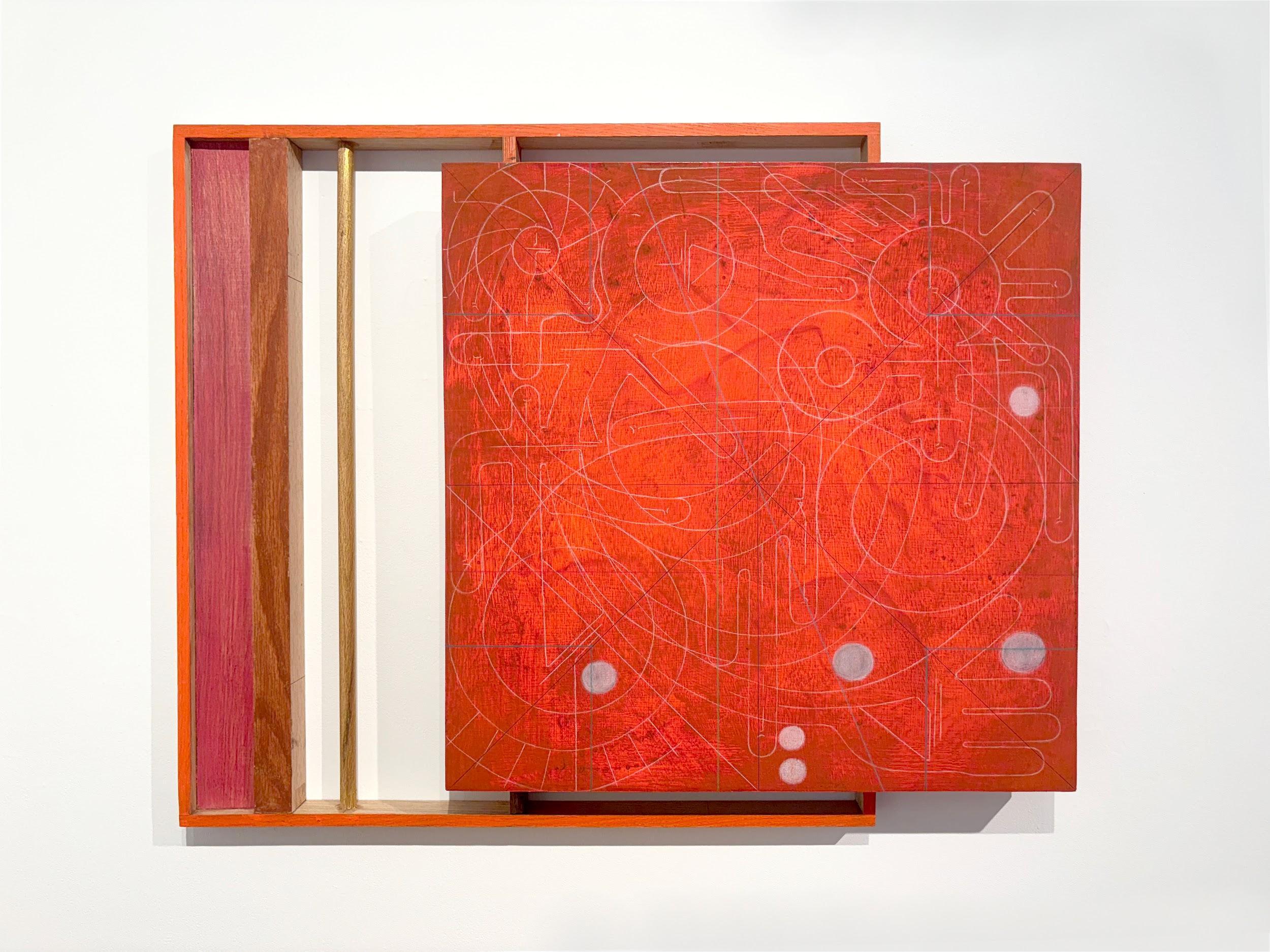
Linear 17148 | 2021-22 | Red Oak,Plywood, Paint Stick,Acrylic Paint and Pencil | Di.36" x 37.3:4" x 3" | Courtesy of theArtist andAnna Zorina Gallery
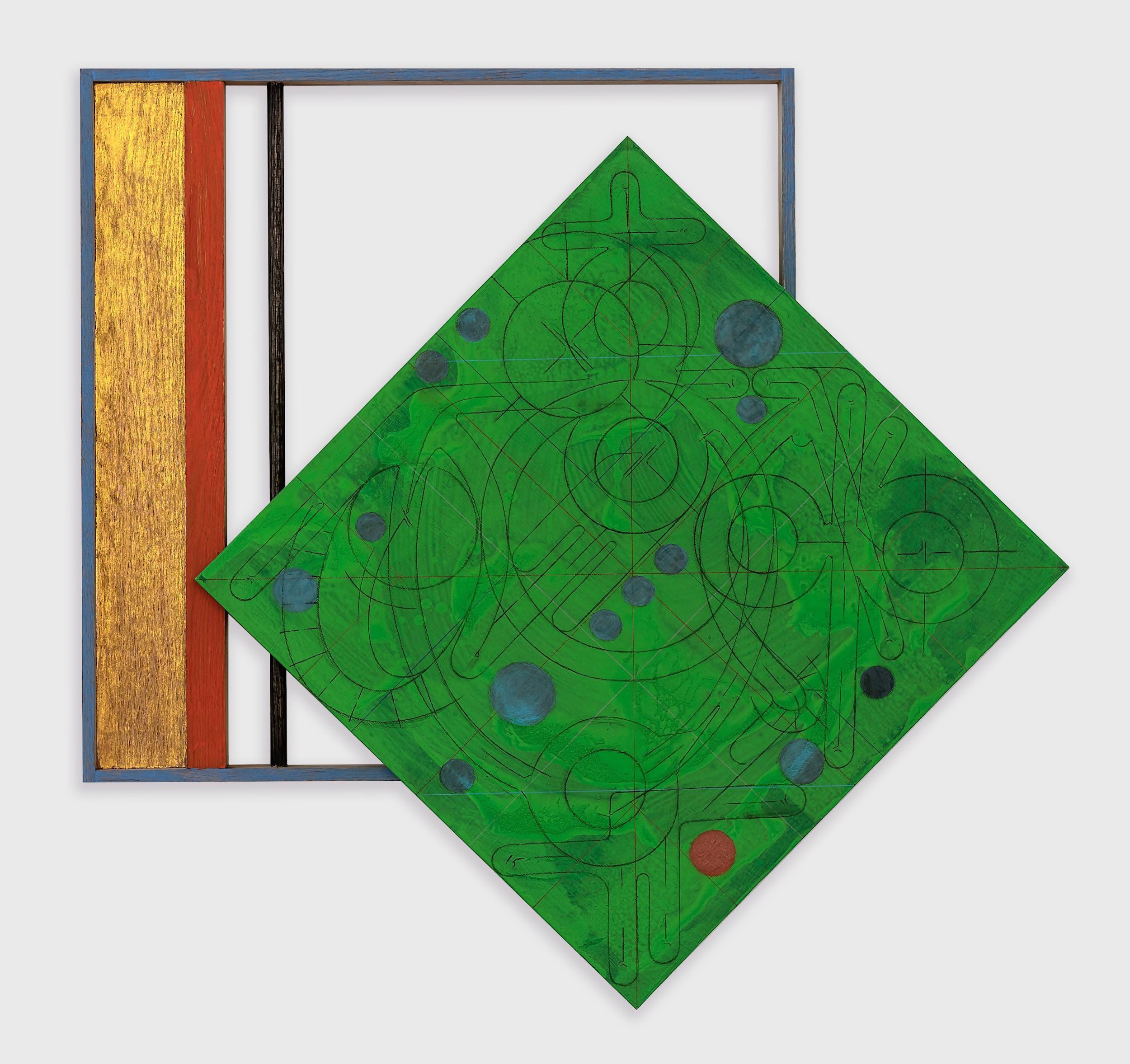
Walking Line 2.13.25 | 2025 | Red Oak,Plywood, Paint Stick,Acrylic Paint, Cord, Pencil | 68” x 73” | Courtesy of theArtist andAnna Zorina Gallery


Walking Line 6.12.24 | 2024 | Red Oak,Plywood, Paint Stick,Acrylic Paint, Cord, Pencil | 68” x 73” | Courtesy of theArtist andAnna Zorina Gallery

Walking Line 3.18.25 | 2025 | Red Oak,Plywood, Paint Stick,Acrylic Paint, Cord, Pencil
68” x 73” | Courtesy of theArtist andAnna Zorina Gallery


Walking Line 6.8.23 | 2023 | Red Oak,Plywood, Paint Stick,Acrylic Paint, Cord, Pencil 95” x 32” x 8” | Courtesy of theArtist andAnna Zorina Gallery
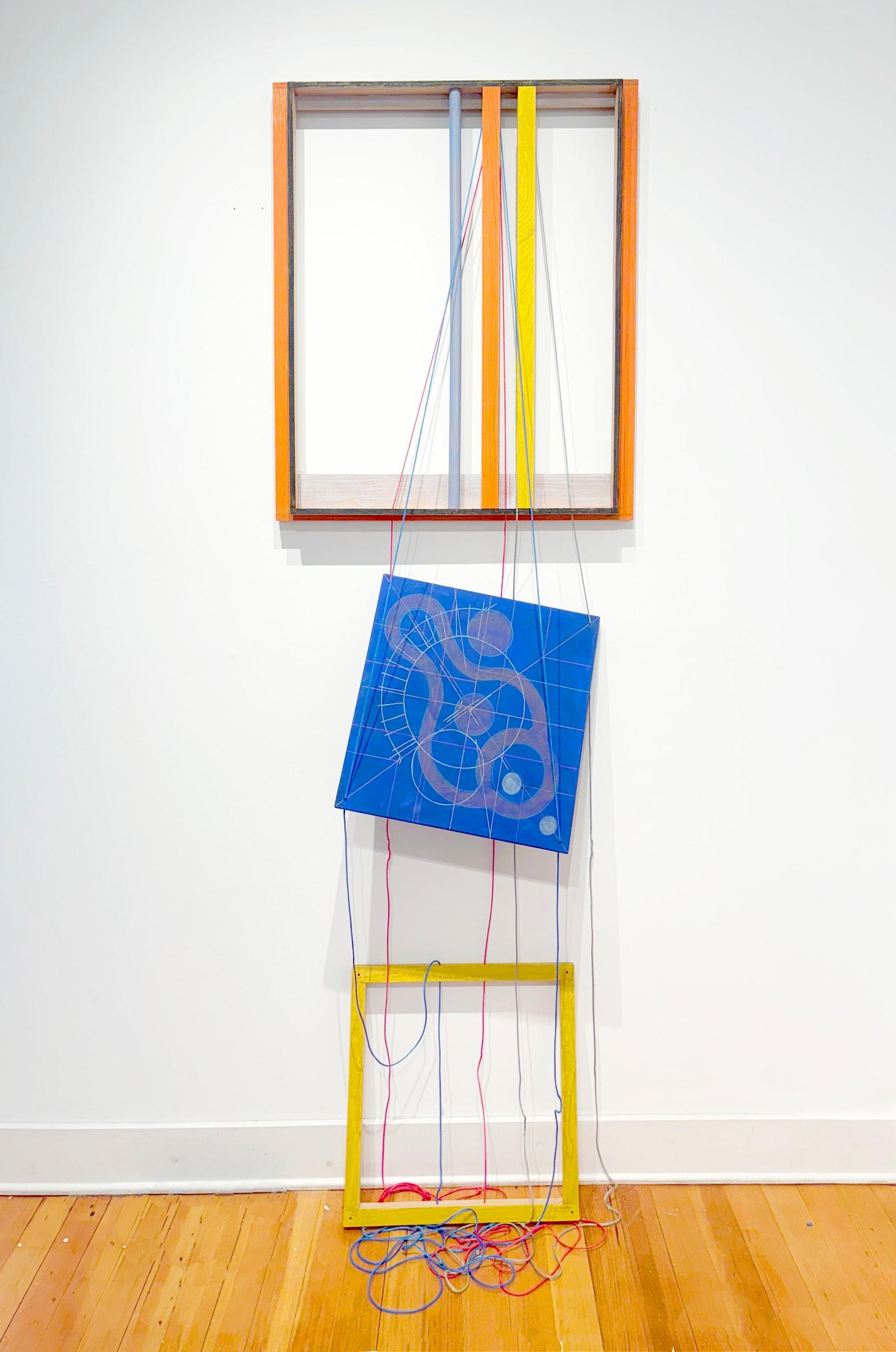
Walking Line 8.10.23 | 2023 | Red Oak,Plywood, Paint Stick,Acrylic Paint, Cord, Pencil | 95” x 36.5” x 15” | Courtesy of theArtist andAnna Zorina Gallery
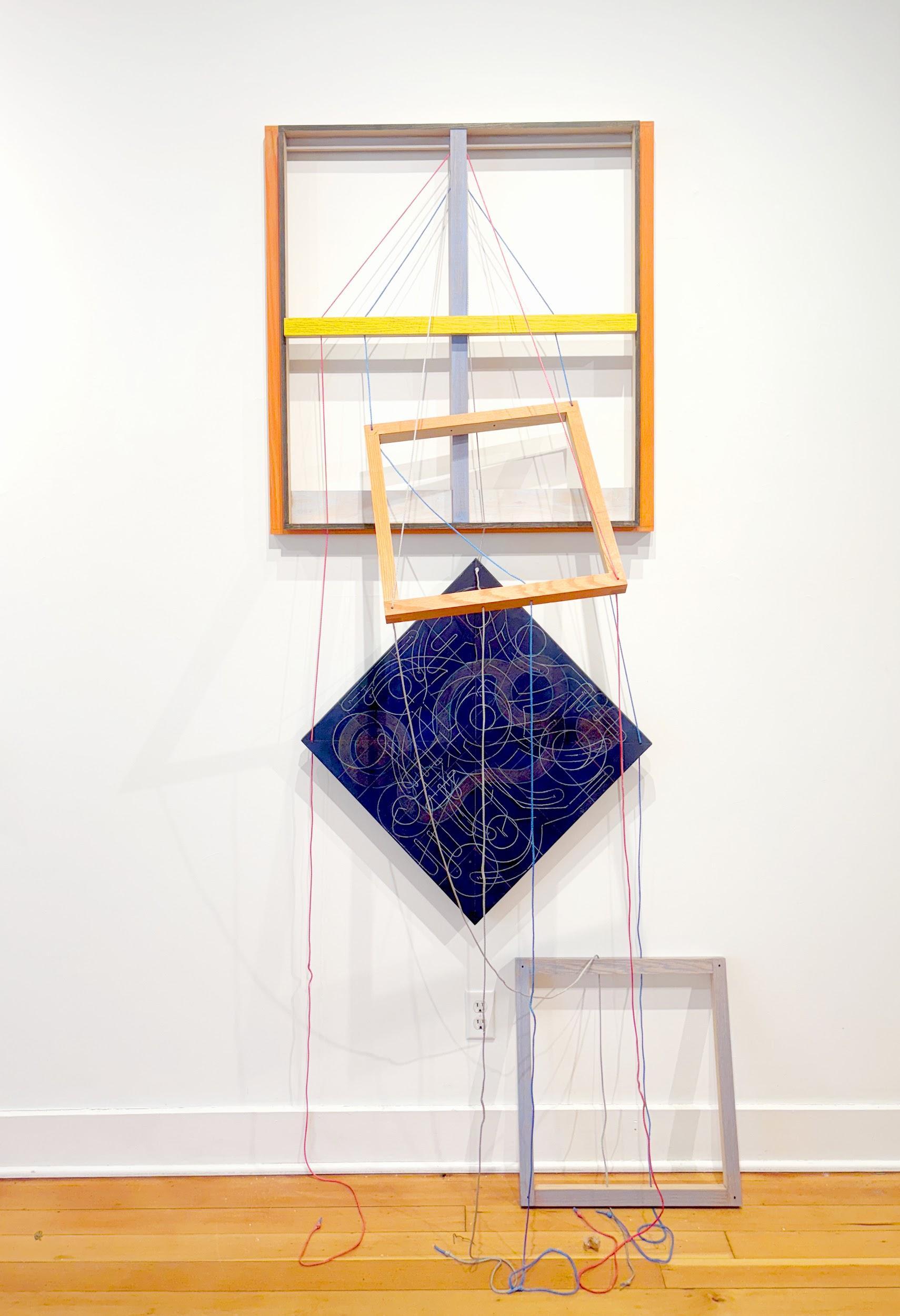
Walking Line 4.5.2023 | 2023 | Red Oak,Plywood, Paint Stick,Acrylic Paint, Cord, Pencil | 101” x 34” x 16” | Courtesy of theArtist andAnna Zorina Gallery

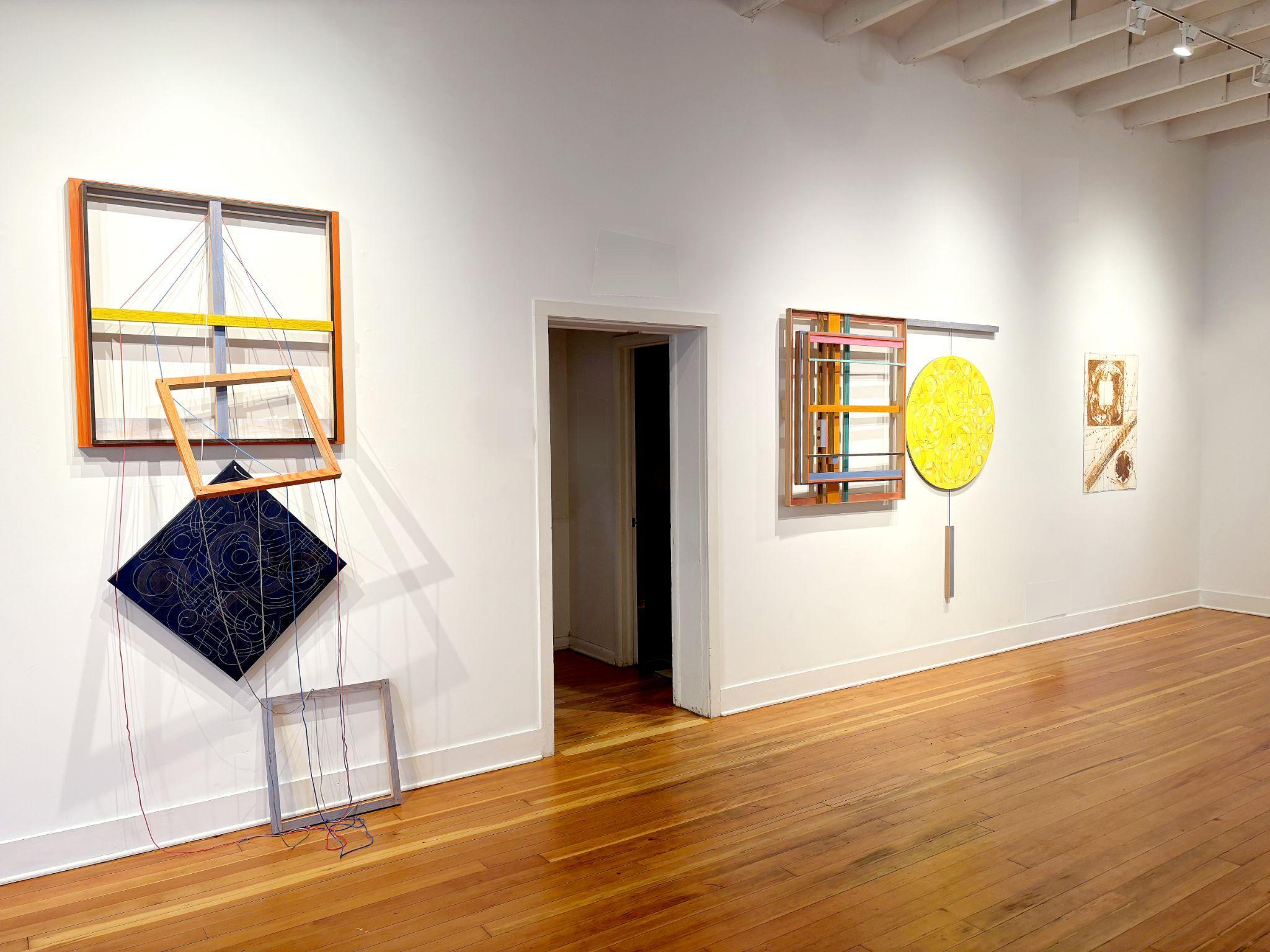
KLEINERT/JAMES CENTER for theARTS



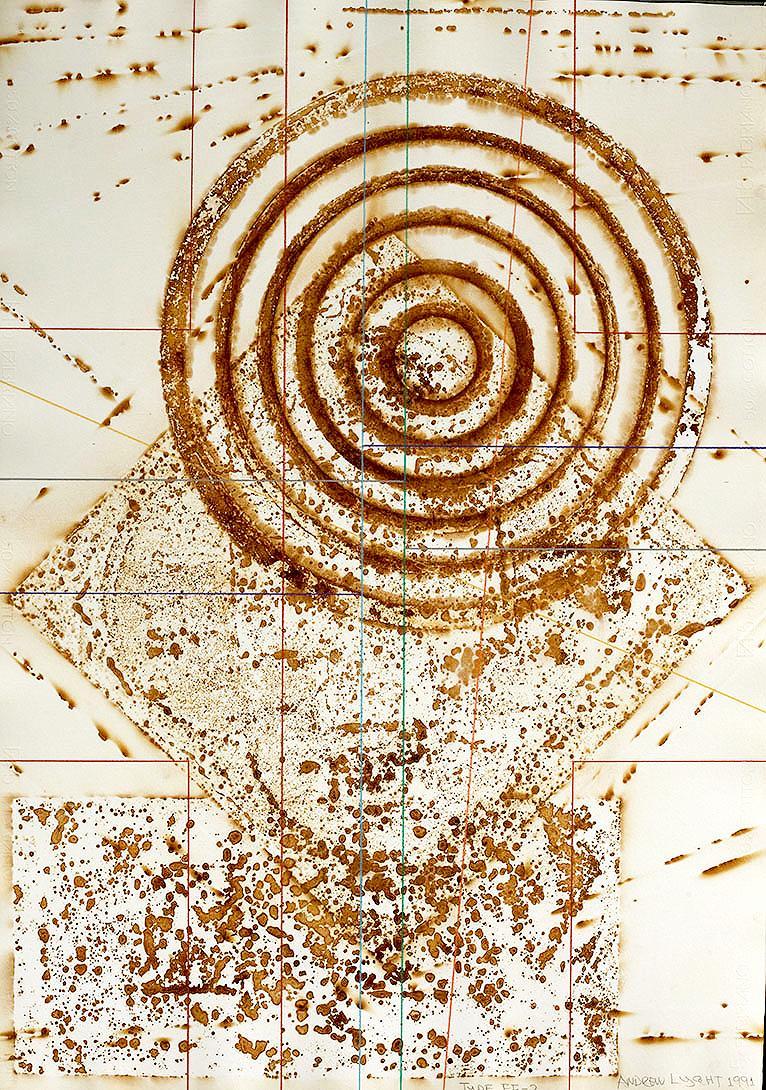




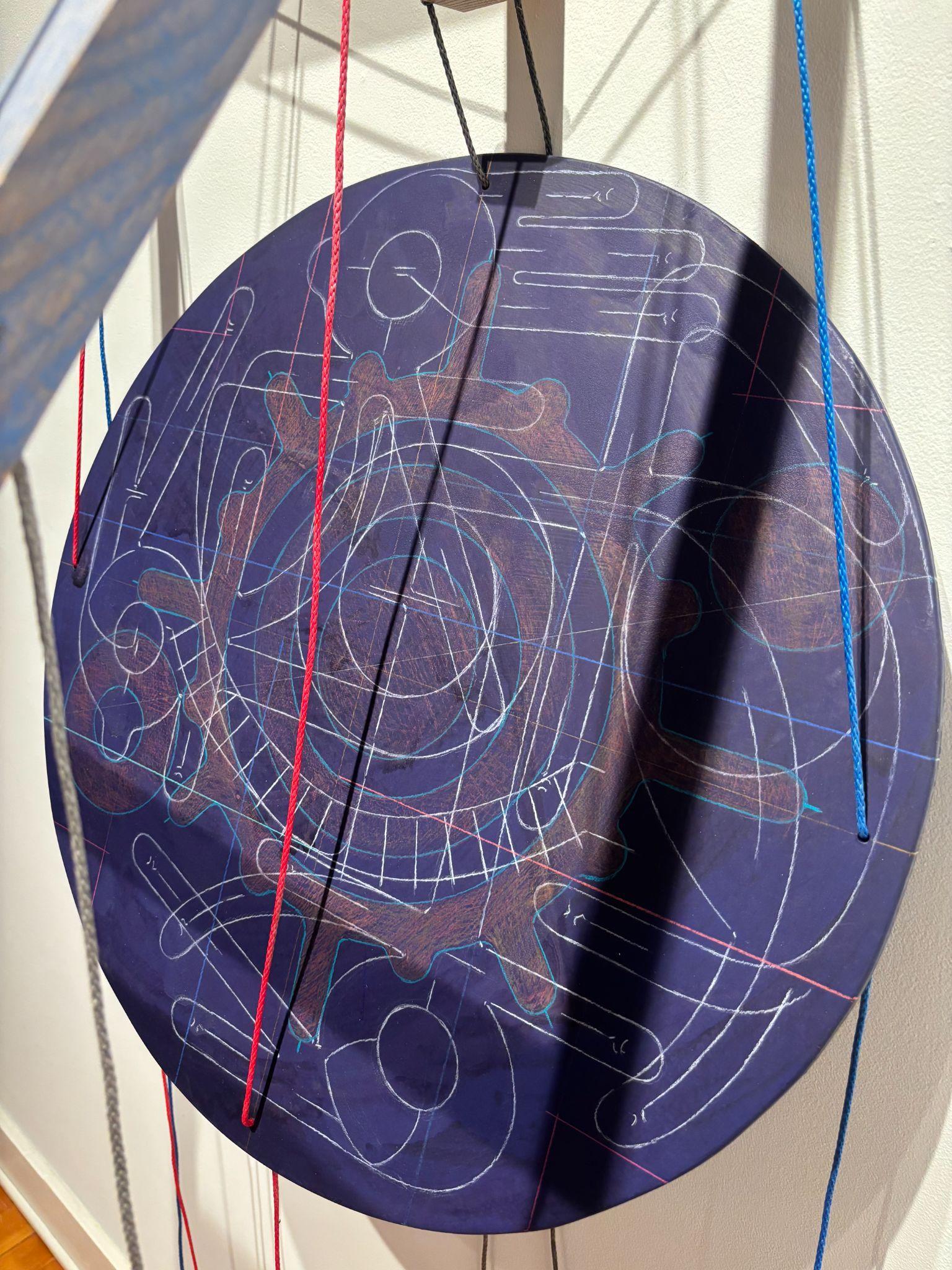


Andrew Lyght inThe Chronicle Newspaper, Georgetown, British Guiana,1959 (right)Andrew
inThe Chronicle Newspaper, Georgetown, British Guiana, 1965
